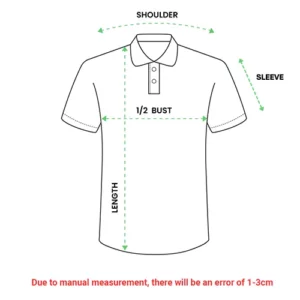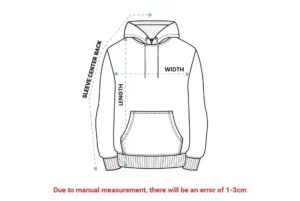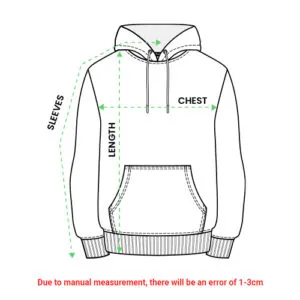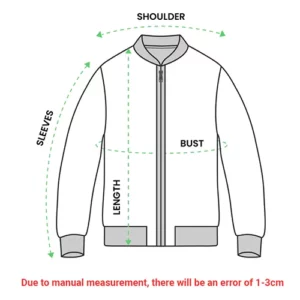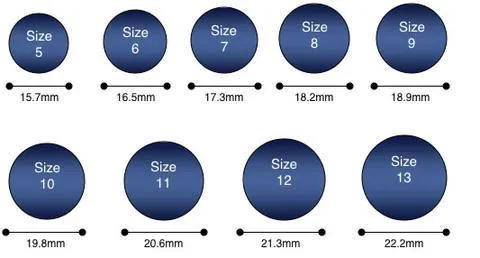Viking farms have been found throughout Denmark. Only a small percentage of Vikings lived in towns. Most were farmers living in small villages of 6-7 farms. For them, the farm, livestock, and agriculture were central to daily life. A day began when the rooster crowed at dawn.
Farm life
Most Vikings lived on a farm, often surrounded by a fence. Farms centered around the main building – the longhouse. In addition to housing, farms usually included other working areas and buildings like outbuildings, cattle sheds, stables, and workshops.
In villages, farms were often clustered around an open area or common street. The longhouse was the largest building, constructed of timber with curved walls forming a ship-like silhouette. Walls were lined with clay or vertical wood planks supported the roof and two interior rows of posts. Exterior posts sloped outward for support. Thatched or wooden roofs sloped downward.

Down the center was a long hearth used for cooking. Along the walls were sleeping platforms. At one end, animals were kept in stalls if no separate stable existed. Vikings constantly repaired homes as dampness led to rot, but also fire-hardened structural posts.
Smoky homes
Viking houses lacked chimneys or windows. Instead, a hole in the roof allowed smoke to escape the fire. Without ventilation, homes filled with smoke, similar to modern open-hearth homes in Africa and India. This especially impacted women and children’s lung health more than WHO guidelines recommend.
Feasting and hospitality
Hospitality and feasting played important roles. Hospitality was offered to strangers who could seek food and lodging at the nearest farm. Feasts brought friends and neighbors together to celebrate yearly festivals, weddings, and funerals.
Feasting featured prominently in Viking Age literature and poetry, providing advice on guest and host etiquette. One famous runestone depicts a woman by an open door holding a drinking horn, ready to receive guests—commonly interpreted as valkyries receiving the dead in Valhalla, but possibly depicting normal feast hosting.

Burial near settlements
Vikings buried their dead a short distance, usually 300-600 meters, from settlements, often separated by water. This has been observed at important sites like Gammel Lejre and Tissø in Zealand and Mammen near Viborg in Jutland. Myths of the separating waterway Gjöll may explain this, comparable to the river Styx in Greek mythology. However, over a kilometer separated some burial sites from water, requiring alternative explanations.
Soure: en.natmus.dk





